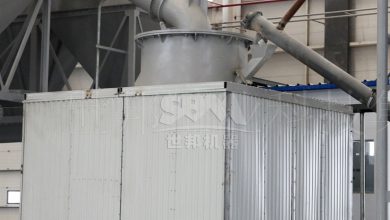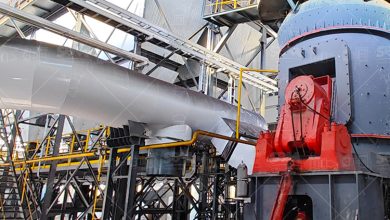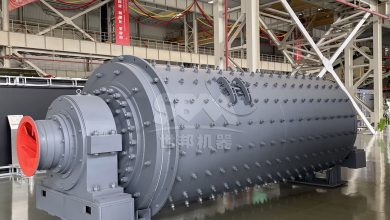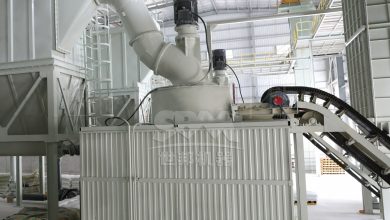The Green Transformation of White Mud in Paper Mills: Innovative Applications of White Mud Grinding Mills
Introduction: The Challenge of White Mud
The pulp and paper industry is a cornerstone of the global economy, but it faces significant environmental challenges, particularly in the management of its by-products. One of the most voluminous and problematic residues is ‘white mud,’ a calcium carbonate-rich sludge generated during the chemical recovery process in kraft pulping. Traditionally, this material has been landfilled, presenting a substantial waste management burden and a lost economic opportunity. However, a paradigm shift is underway, driven by the principles of the circular economy. The key to unlocking the value trapped within this waste stream lies in advanced grinding technology, which can transform white mud from an environmental liability into a valuable, marketable product.
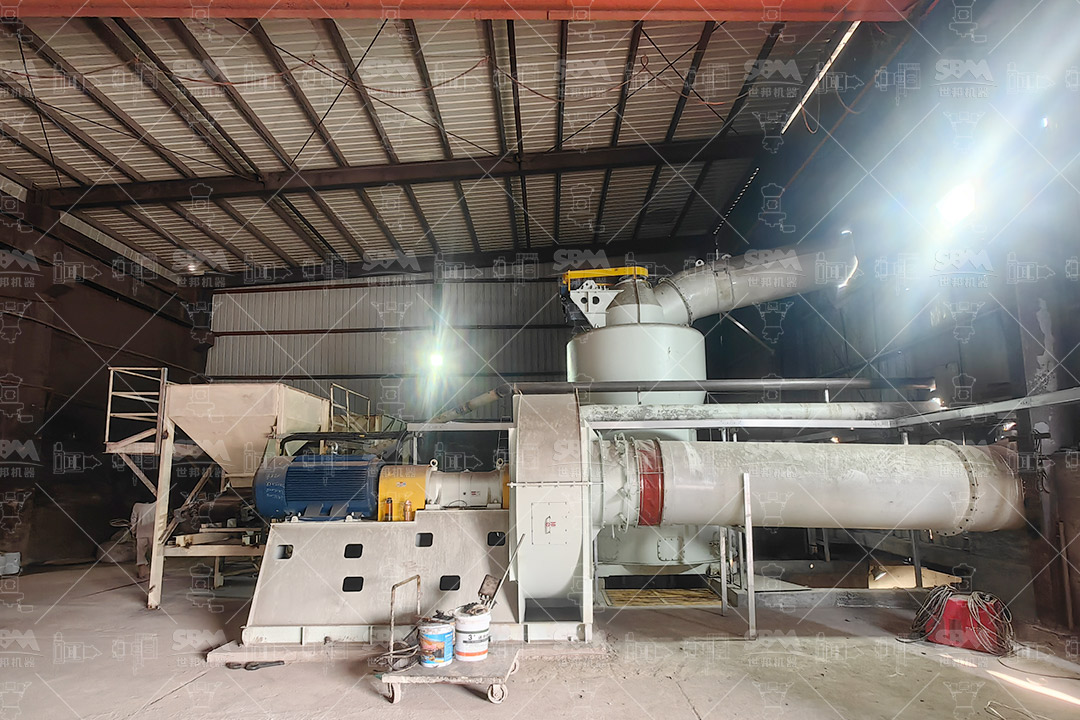
From Waste to Resource: The Value of Processed White Mud
When processed to the correct specifications, ground white mud becomes a high-purity calcium carbonate powder. This material has diverse and valuable applications across multiple industries:
- Paper Filler and Coating: It can be looped back into the papermaking process as a filler or coating pigment, reducing the need to purchase virgin ground calcium carbonate (GCC) and closing the material loop within the mill.
- Construction Materials: It serves as a raw material in the production of cement, concrete, and asphalt, where it can improve certain properties and reduce the carbon footprint of these products.
- Agriculture: As a soil amendment, it can correct soil acidity and provide a source of calcium for crops.
- Environmental Remediation: It can be used in flue gas desulfurization to neutralize acidic emissions from industrial processes.
The economic and environmental benefits are clear: reduced disposal costs, new revenue streams, conservation of natural limestone resources, and a significant reduction in the mill’s overall environmental footprint.
Technical Hurdles in White Mud Grinding
Grinding white mud is not without its challenges. The material often has variable moisture content and can be abrasive. The primary goal is to achieve a very fine and consistent particle size distribution (often targeting a D97 of 10-45 microns or finer for paper coating applications) while maintaining high energy efficiency and operational reliability. Traditional grinding systems like ball mills can be inefficient, noisy, and require high maintenance, making them less suitable for this modern application.
The Pivotal Role of Advanced Grinding Technology
This is where innovative grinding mill technology becomes the enabler of this green transformation. Modern mills are designed to handle the specific properties of white mud, offering precision, efficiency, and durability that older technologies cannot match. Two types of mills are particularly well-suited for this task: ultrafine mills for the highest-value applications and larger trapezium mills for high-volume processing.
I. The Ultrafine Solution: SCM Series Ultrafine Mill
For paper mills looking to produce the highest quality filler or coating pigment for re-use in their own processes, ultrafine grinding is essential. Our SCM Series Ultrafine Mill is engineered precisely for this purpose.
This mill excels in producing consistently fine powders in the range of 325-2500 mesh (45-5μm). Its high-efficiency grinding chamber and integrated vertical turbine classifier ensure precise particle size control with no coarse grit, which is critical for paper surface quality. The energy-saving design is a major advantage, consuming up to 30% less energy than traditional气流mills while offering double the output capacity. Furthermore, its pulse dust removal system ensures that the entire process is clean and environmentally compliant, with dust emissions meeting stringent international standards.

For a typical paper mill, a model like the SCM1000 (with a capacity of 1.0-8.5 tons/hour and a 132kW main motor) could be an ideal choice for a dedicated white mud valorization line, transforming waste into a premium product.
II. The High-Capacity Workhorse: MTW Series Trapezium Mill
When the end application is construction or agriculture, where ultra-fineness is less critical but high throughput is paramount, the MTW Series Trapezium Mill is the superior choice.
This robust mill can handle larger feed sizes (up to 50mm) and deliver high volumes of product (3-45 TPH depending on the model) in the 30-325 mesh range. Its key technological advantages include a curved air duct that minimizes air flow resistance and energy loss, and a wear-resistant shovel designed to extend service life and reduce maintenance downtime in abrasive applications like white mud grinding. The conical gear overall transmission system provides remarkably high transmission efficiency (98%) and stable, reliable operation.
A model such as the MTW215G, with a massive capacity of 15-45 tons/hour and a 280kW main motor, would be perfectly suited for a large pulp mill aiming to process its entire white mud output for the cement or soil amendment markets.
Implementing a White Mud Grinding Project: Key Considerations
Successfully integrating a grinding system into a paper mill’s operations requires careful planning:
- Feedstock Analysis: Thoroughly test the white mud’s chemical composition, moisture content, and abrasiveness.
- End-Product Specification: Clearly define the target market and the required fineness, whiteness, and moisture content of the final powder.
- System Design: The grinding mill is the core, but a complete system includes drying (if needed), feeding, grinding, classification, and packaging.
- Economic Feasibility: Calculate the return on investment based on reduced disposal costs, potential product revenue, and operational expenses.

Conclusion: Grinding for a Sustainable Future
The transformation of white mud from a waste product into a valuable resource is a quintessential example of industrial ecology in action. It is a win-win scenario, offering paper mills a path to improved profitability and a significantly reduced environmental impact. This green transformation is technologically enabled by advanced, efficient, and reliable grinding mills. By investing in the right grinding technology, such as the versatile SCM or high-capacity MTW series, paper mills can effectively close the loop, contribute to a circular economy, and build a more sustainable and profitable future.


